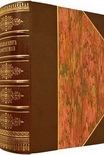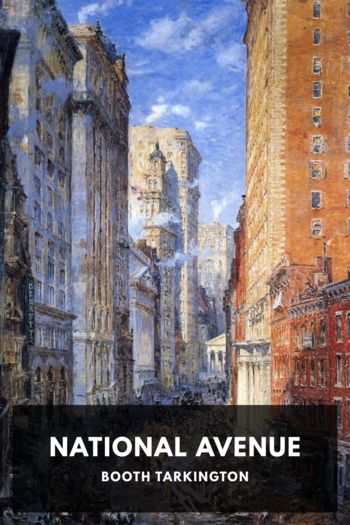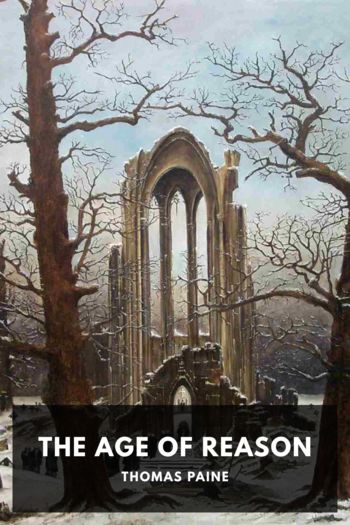Still Life, Melissa Milgrom [pdf e book reader .TXT] 📗

- Author: Melissa Milgrom
Book online «Still Life, Melissa Milgrom [pdf e book reader .TXT] 📗». Author Melissa Milgrom
As I wash up and look for my purse, Bruce tightens the tail in a vice and yanks out the long bone with pliers in one swift movement—something you can do only if you've been skinning squirrels your entire life. "That's impressive," I say, and it truly is. Bruce is elated and buoyant. David finishes the sketch, we both sign it, and Bruce says, "This is the first ten percent of the taxidermy process of doing a squirrel."
Over the course of the next six months, the window display of Schwendeman's Taxidermy Studio changes from turkeys and skeletons to groundhogs to a big domestic rabbit for Easter. The workshop also contains new batches of snakes, wading birds, and deer heads. Each time I arrive, the worktable is already set with that day's tools, the thawing pelt, the sketch sheet, and the hairless frozen body in plastic wrap, for reference.
Of all the procedures, fleshing is the most tedious, the most repellent, and it smells. Bruce compares the process to removing the meat from a walnut shell without breaking the shell's paper-thin partitions. I spend an entire day nipping and extracting tiny bits of meat with scissors and a small knife, paring down the neck, the ear tubes, the lips, the tiny toes (with a toe probe), even the split tail, until my eyes blur and my hand aches. Then I surrender the pelt to Bruce, who has to redo my crude eyelids and the underside of the face. He also has to sew up the holes I made when I got sloppy and pierced the skin. Finally, the skin is ready to be tanned. For this, Bruce uses an antique glass salimeter (passed down from Schwendeman to Schwendeman, as if it were the family Bible) to measure the sodium content of his new pickle. Then order number 6499—"Squirrel on a Wire"—takes a long, salty bath.
On one visit, we make the artificial form. When I step inside the workshop, Bruce, who has decided that we should work in tandem, is grooming a squirrel of his own. His squirrel is not ordinary; it is rare and exotic: an albino he's been saving for a special occasion. Today he's going to set its pink eyes (glass bulbs the color of calamine lotion). Bruce's own eyes happen to be burned-out from too much squinting at whiskers, eye rings, and tiny toes. He could use reading glasses but prefers a blue metal magnifying visor (circa 1960) typically worn by jewelers or watchmakers. He looks through the visor's square lenses to set the pink eyes. Then he pauses and hands me four wires to sharpen on an electric file until the points can easily impale skin. These wires will be used to make the limbs. For the rest of the day, we work side by side, mentor and apprentice. The master, David, stops by periodically to repair a hornets' nest, to report his bird sightings, and mostly to hassle Bruce—and me.
I wind the wire limbs with excelsior, using a motion that feels like spooling a kite string. I wind and I wind until the limbs look leglike—that is, the thigh is not where the foot should be and the foreleg is not as fat as the hind leg. (I have to redo them more than once.) To make the tail, Bruce shows me how to wind another wire with cotton thread until it matches the extracted tailbone (in front of us for reference). We do the same for the body. I like winding. It puts me in a Zen-like state: it keeps my eyes from staring with macabre curiosity at the fleshing beam (used to skin big animals), the steaming cauldron of deer-skull plates, and all the other oddities that evoke a medieval apothecary. Soon I imagine myself as an apprentice to the spinning docent at Colonial Williamsburg. It's not so far-fetched. The soft-bodied technique is, in fact, 250 years old, although this shop is a holdout, not a tourist attraction.
On another visit, David walks into the workshop at nine A.M. with three foam squirrel heads he cast that morning. They are still warm from curing. We choose the best one, carve eye orbits into it, and coat the sockets with smooth clay. Bruce goes over to his junk drawer and digs around for the perfect glass eyes. When he hands me antique black bulbs from Germany, I feel great. He'd never waste them on a rogue. I'm finally working with confidence, when David tells me to insert the artificial body into the treated skin. It does not fit. It is too fat; it has a potbelly. "Stretch it!" David yells. Like I'm zipping up super-tight pants or cramming a child's foot into a stiff ice skate, I squish and compress the body, then stretch the skin with all my might, trying to make it fit. David helps me. We stretch. We pull. Somehow we get the body inside the skin.
David sings, "Oh, the ham bone's connected to the thighbone..."
Meanwhile, Bruce, done with the albino, is now grooming a different squirrel, this one for Yale's Peabody Museum of Natural History. I glance at the Yale squirrel (plump, confident, can tackle any artificial tree), then at my scrawny New Jersey rodent. Its hams look undernourished; its femur lacks authority; its tarsus is skeletal; the back of its skull is concave. Bruce hands me an old tobacco tin filled with tow and tells me to plump wherever the squirrel needs muscle





Comments (0)